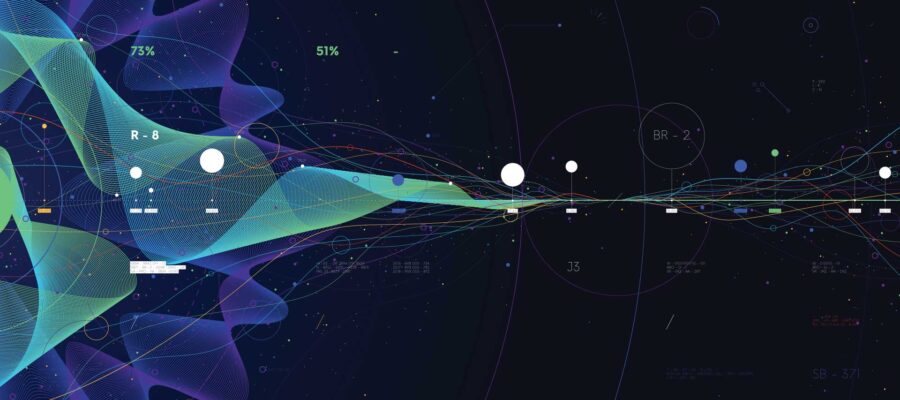This post has already been read 4957 times!
In 2020, Covid-19 rattled businesses and supply chains, and changed consumer behavior. Now there is a new urgency to fill the gaps that the pandemic exposed, minimize risk, build resilience and connect more deeply with customers. Companies are re-evaluating their offerings, processes, systems, channels and partners. Supply chains are at the forefront of the effort. Here are some of the trends we expect to see gaining a renewed focus and momentum.
Supply Chain Control Towers are Getting Smarter. Much Smarter.

Visibility is more important than ever – but it’s not enough. What good is seeing a problem if you can’t resolve it, and do so in an optimal way? Solution providers like One Network are using AI and advanced algorithms to anticipate potential problems (predictive analytics) and provide resolutions (prescriptive analytics) in an automated, optimized fashion at regional and global scale. Some people call these “anticipate, sense, and respond” capabilities, and you’ll need them as you face the “next normal” in 2021. Nucleus Research has named One Network a 2020 Leader in Control Tower Technology.
Trend 1: "Today's advanced control towers have moved beyond visibility, to provide predictive and prescriptive analytics. They identify potential problems and guide users to optimal resolutions based on supply chain constraints." Share on XOmnichannel is Everything.
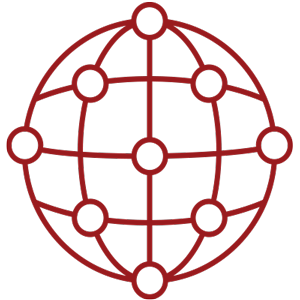
If 2020 taught us anything, it demonstrated that to succeed, maximize resilience, and ensure business continuity, companies need to maximize every available channel – ecommerce, direct-to-consumer, retail, distributors, and Amazon. That way, if one channel is disrupted, whether by natural or man-made causes, the show will go on. Companies need to consolidate demand across every channel, and have a view into every point of supply (even containers on ships!) to be able to maximize service levels, grow revenues, and minimize costs. And they will need a supply chain platform that makes it possible – like One Network.
“Companies need to consolidate demand across every channel, and have a view into every point of supply (even containers on ships!) to be able to maximize service levels, grow revenues, and minimize costs.”
Direct-to-Consumer is King
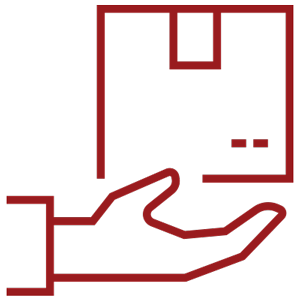
If you haven’t figured out how to maximize this channel for your business, you’re behind your peers. You’ll need to figure out “lot size 1” production and delivery, you’ll need last mile logistics, you’ll need a returns process, and ecommerce technology able to handle the proliferation of choice and SKUs that customers are demanding. One Network’s multi-enterprise platform offers the ideal solution for direct-to-consumer and drop-ship business models.
Information Lags are Out

The hard lesson of 2020 was if there is supply risk anywhere in your supply network or an actual disruption, you need to know about it right away. And if there’s a demand surge, your suppliers need to know it too. Too many companies were left unable to respond when the pandemic hit because of information delays and time lags. In 2021, companies will continue to improve collaboration in their supply chain networks, and will be installing more real-time systems and processes to help make information time lags approach zero. One Network’s real-time business network platform enables this and provides one version of the truth for every business partner.
Webinar: Control Towers for Retail and CPG Supply Chains
Optimal Demand-Supply Matching Gains Traction
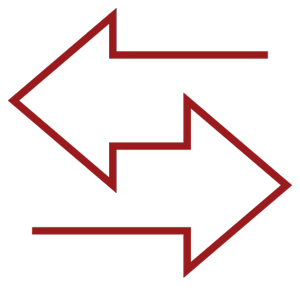
In 2021, more and more firms will be applying technology to optimally match demand with available supply within their supply lead times. Those last few words are important, because to minimize costs and maximize service levels, it can mean reallocating products to orders in near real time as things change – even for containers already on the ship! Companies with global demand supply matching (GDSM) technology will have the competitive advantage in 2021. When rapid shifts in demand and supply make historical forecasting impossible, the best strategy is to have an agile GDSM approach in place to continuously reallocate and optimize the use of resources and manufacturing capacity.
Supply Chains are Out. Supply Networks are In.
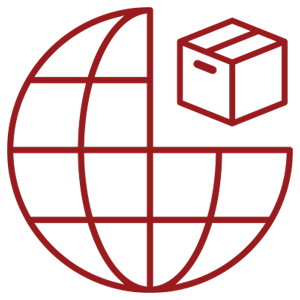
The importance of collaboration with suppliers, co-manufacturers, customers, carriers, and distributors has never been more apparent, so companies will focus in 2021 on strengthening their business networks. In 2020, companies discovered that their legacy enterprise-centric systems no longer work “good enough”, so in 2021 they’ll need multiparty platforms to support tight real-time collaborative workflows around plans, forecasts, orders, shipments, ETAs, and inventories. As collaboration and improved information flows eliminate errors and inefficiencies, all sides can drive out costs and improve their competitiveness with business network strategies. And you’ll be able to on-board and off-board suppliers more quickly, as needed. One Network is a 2020 Gartner Leader in Multi-Enterprise Supply Chain Business Network technology.
Trend 6: "In 2021 companies will need multiparty platforms to support real-time collaborative workflows around plans, forecasts, orders, shipments, ETAs, and inventories. " Share on XERP Silos Must Go
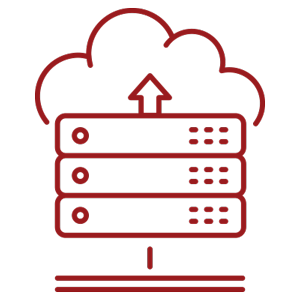
How many separate ERP instances does your company run – 5? 20? 100? More? In 2020, the massive inefficiencies of these self-imposed business barriers have come to light and firms have recognized that they need to be eliminated. These silos have artificially propped up costly inventory buffers, caused information delays, hurt service levels, and bring with them the enormous IT cost of interfaces, maintenance, and upgrades. Who can afford that anymore? You likely inherited this problem, rather than caused it – and now it’s up to you to fix it. The best solution is to move supply chain workflows onto a collaborative business network platform, like the one from One Network Enterprises, that cuts across all these silos. This can be done in a way that matches each company’s unique priorities and generates value at each step along the way. It’s the only option for large enterprises saddled with stitched-together legacy systems, and in 2021 more and more global enterprises will see network solutions as the only viable way out of this costly situation. Plus, it’s the fastest path forward.
Cold Chain is Hot in 2021
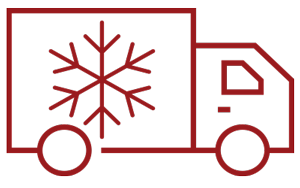
With vaccines front-and-center, the Cold Chain will take on new importance for every human in the new year. Supply chain is hard enough, but keeping the entire chain continuously temperature controlled and refrigerated is much more challenging. Yet that’s required for many temperature-sensitive products, including vaccines, medicines, foods, and some chemical products. Companies need full monitoring, track-and-trace, chain of custody, and point of origin information across all sites and multiple parties – a challenging task, yet essential for these critical products. Business network platforms with these capabilities, like the one from One Network Enterprises, will increasingly become “must haves” for firms looking to handle such product movements and monitoring from order to delivery, across all tiers of supply and distribution, while ensuring product requirements are met and remain in compliance. The good news is that business network platforms also help suppliers, manufacturers, and logistics providers lower costs and boost service levels in managing resources across storage and multi-modal movements throughout the cold chain.
Supply Chain Organizations Revamp
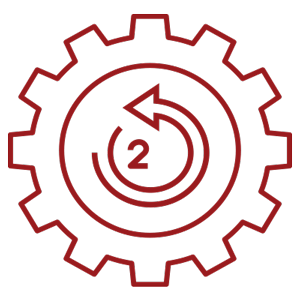
As businesses respond to the events of 2020, they will also be making organizational changes in this “next normal.” With a focus on greater workflow automation and new AI capabilities around prescriptive analytics and autonomous agents, companies will find efficiencies and adopt new supply chain software technologies to boost resilience and competitiveness. These new automation technologies will essentially remove dozens of roles across the organization through technology leverage. At the same time, decision making will become far more data-driven, AI-assisted, and automated — rather than through tribal knowledge.
You might also like…
Recommended Posts
- Are Micro Fulfillment Centers the Next Frontier in Retail Logistics?
- Rethinking Defense Supply Chains with Network-Based Command Centers
- How to Use Predictive Analytics to Streamline Cross-Border Logistics
- AI Plus Humans for Resilient Freight Forwarding in a Complex World
- Modern Defense Supply Chains: The Essential Capabilities for Multi-Domain Operations
- Modernizing Defense Supply Chains - January 11, 2025
- Supply Chain Crossword Challenge - October 30, 2024
- Infographic: 6 Requirements for Transforming Supply Chains with Artificial Intelligence - June 10, 2024
